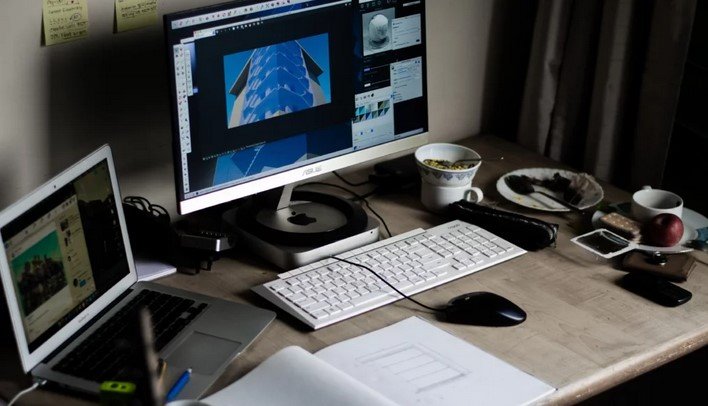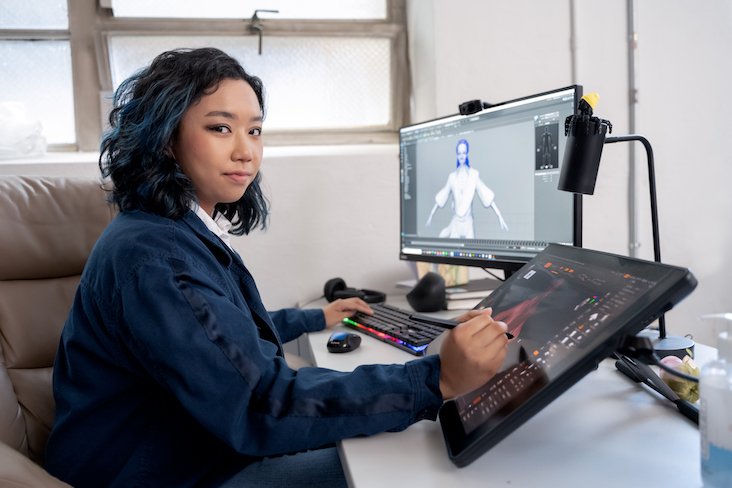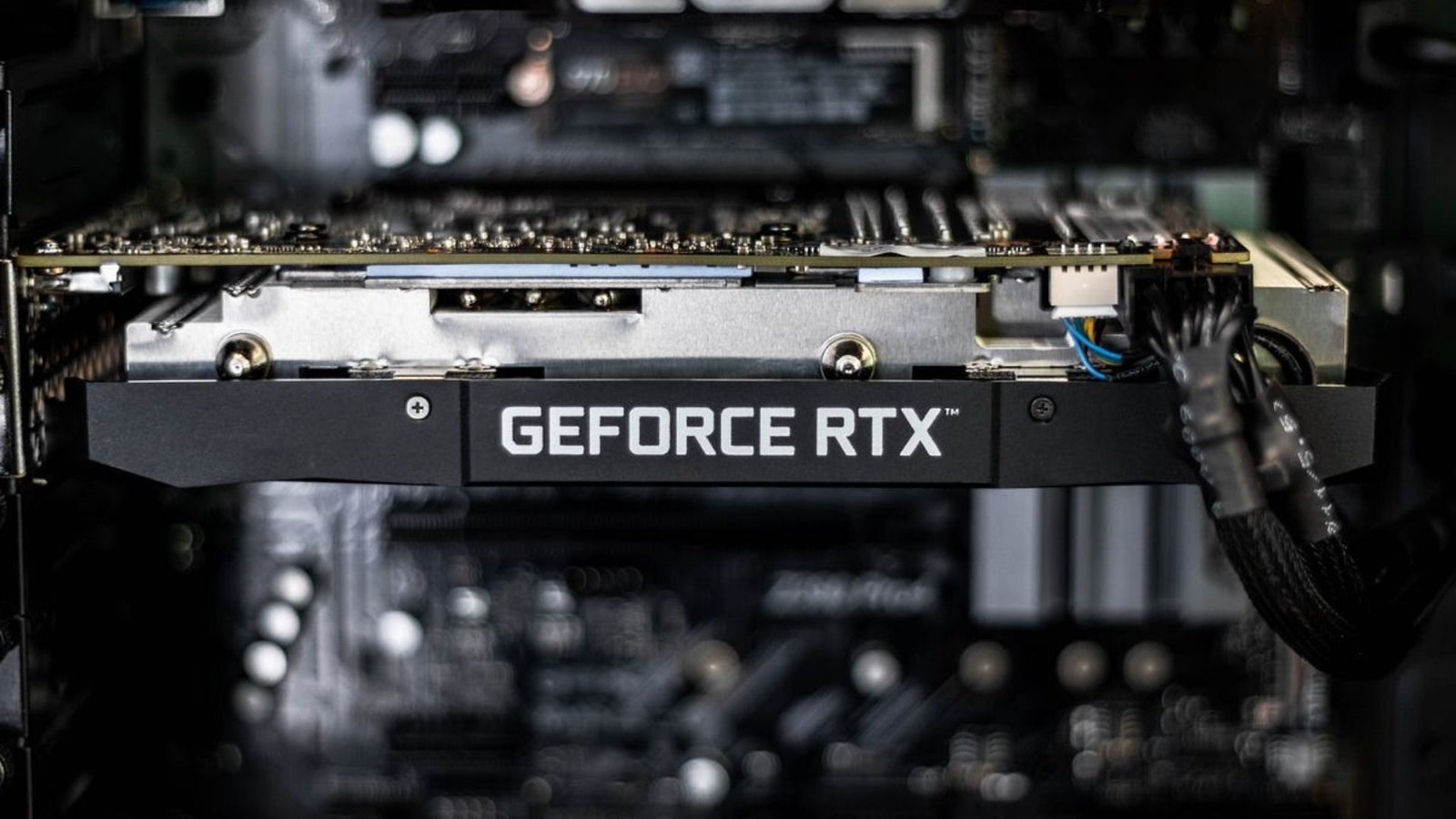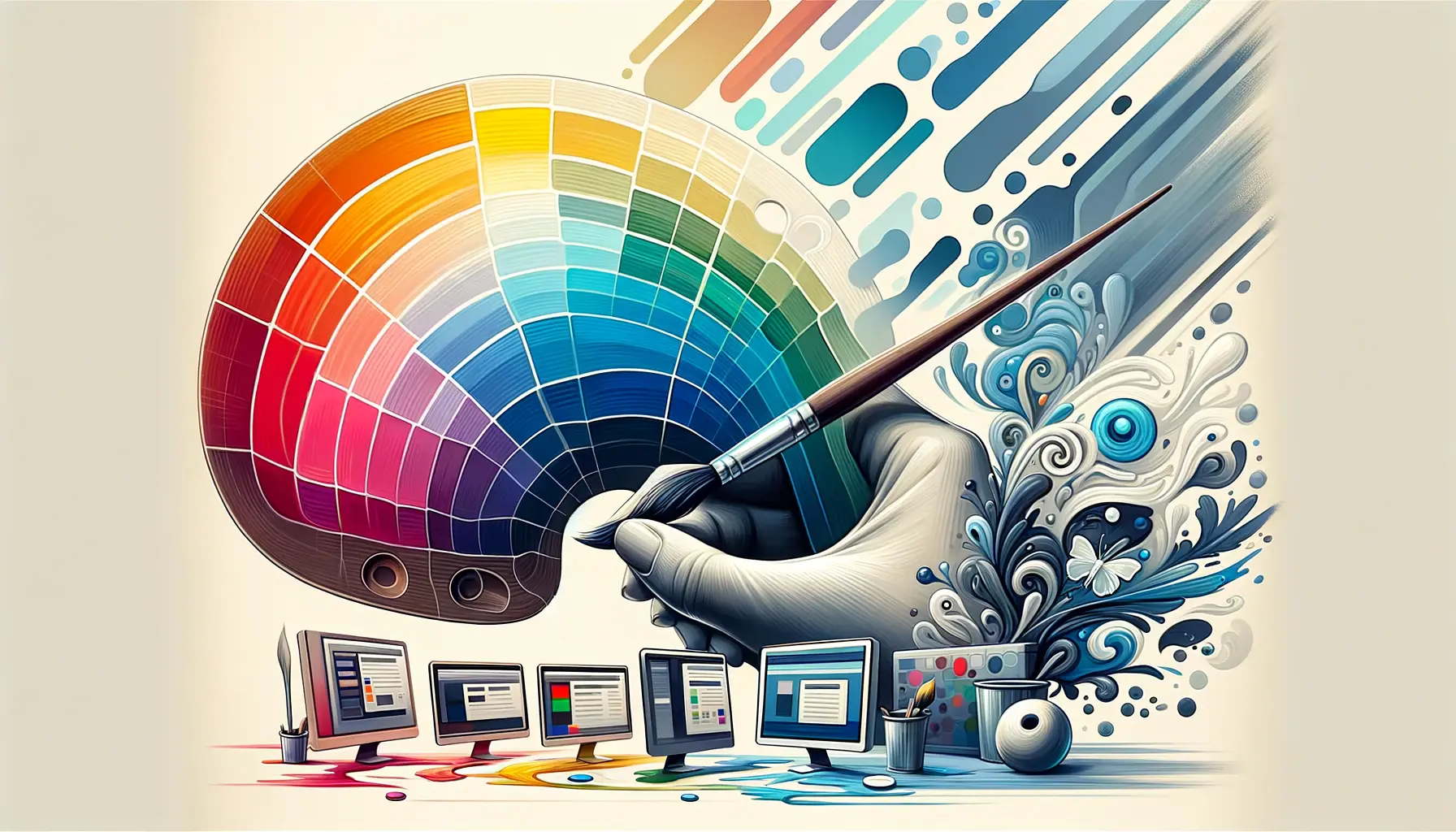In the world of computer graphics, 2D and 3D graphics represent two distinct approaches to creating visual content. While both types of graphics are essential in various fields, understanding the key differences between 2D and 3D graphics is crucial for choosing the right tools and techniques. In this post, we will explore the primary differences between 2D and 3D computer graphics, highlighting their unique characteristics and applications.
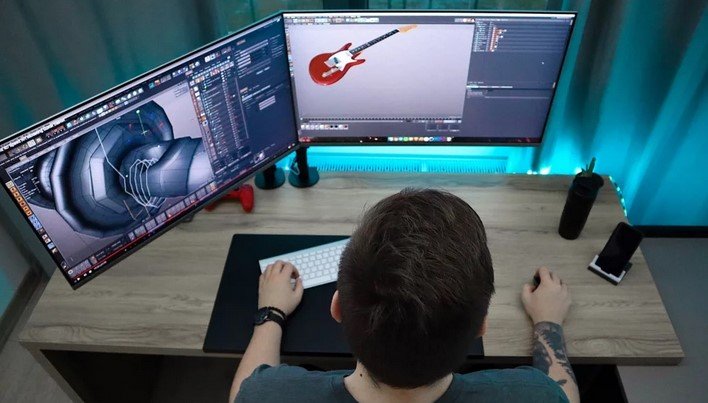
What Are 2D Computer Graphics?
2D computer graphics refer to images that exist on a two-dimensional plane, which means they have only width and height. In simpler terms, these graphics are flat and lack depth. A 2D graphic is typically created using vector-based software, like Adobe Illustrator, or raster-based tools, like Adobe Photoshop.
The creation of 2D graphics involves designing visual elements that are seen from a single perspective. These graphics are commonly used in digital illustrations, icons, banners, logos, and animations. The main limitation of 2D graphics is that they cannot represent depth or realistic perspective, making them more suitable for simple visual representations and stylized designs.
What Are 3D Computer Graphics?
In contrast, 3D computer graphics exist in three dimensions: width, height, and depth. These graphics are not flat but are modeled to appear as if they exist in real space. 3D graphics can be created using specialized software, such as Autodesk Maya, Blender, and Cinema 4D, which allows designers to manipulate objects in three-dimensional space.
The key feature of 3D graphics is their ability to simulate depth and perspective, making them look more lifelike and realistic. These graphics are used in a wide range of industries, including gaming, movie production, virtual reality (VR), and architectural visualization. 3D graphics can be rendered to create high-quality images or animated sequences that represent real-world objects or entirely fictional ones.
Key Differences in Creation
The creation process for 2D and 3D graphics differs significantly. In 2D graphics, designers typically focus on drawing, coloring, and shading elements within a flat canvas. They use layers and effects to create the illusion of depth or movement, but the objects themselves remain flat.
On the other hand, 3D graphics require a more complex process. Designers first build 3D models using vertices, edges, and faces to create the shape of the object. Once the model is created, it undergoes texturing, rigging (if animation is needed), and lighting before being rendered into a 2D image or animation. The creation of 3D graphics involves many more steps and requires specialized skills and software to manipulate objects in three-dimensional space.
Applications of 2D vs. 3D Graphics
2D graphics are often used in simpler or stylized visual projects. They are the go-to for projects like logos, advertisements, websites, and traditional animation. 2D animation is still prevalent in industries like television, particularly in children’s programming, and is also used for mobile games and apps.
In contrast, 3D graphics are commonly used in more complex applications where realism and depth are essential. They dominate industries like video games, film production, virtual reality, and product design. 3D graphics are ideal for creating lifelike simulations, such as 3D character animation, architectural walkthroughs, and immersive VR experiences. Additionally, 3D modeling is essential in industries like healthcare, where it helps in visualizing complex medical data.
Cost and Time Considerations
Creating 3D graphics typically requires more time and resources compared to 2D graphics. The modeling, texturing, and rendering process for 3D graphics is much more time-consuming. High-quality rendering can also require powerful hardware and software, increasing costs for both creators and clients. Moreover, creating detailed 3D environments often demands significant expertise in 3D modeling, animation, and rendering techniques.
On the other hand, 2D graphics are usually quicker to produce and less resource-intensive. This makes 2D designs a more cost-effective choice for projects with smaller budgets or tighter timelines. While the tools for 2D graphics are often more accessible and easier to learn, they still require skill and expertise to create professional-level designs.
Conclusion
Both 2D and 3D computer graphics play important roles in various industries, each serving specific purposes. While 2D graphics offer simplicity, cost-efficiency, and accessibility, 3D graphics provide depth, realism, and complexity. The decision to use 2D or 3D graphics ultimately depends on the specific needs of the project. As technology advances, both forms of graphics will continue to evolve, pushing the boundaries of creativity and visual communication.

